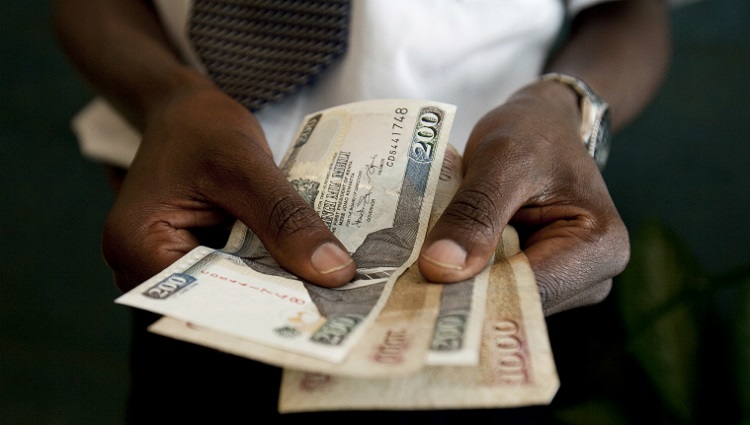During the month, the Kenya Shilling depreciated by 1.0 percent against the US Dollar, to close the month at 120.0 shillings, from 118.8 shillings recorded at the end of August 2022.
The continuous fall in the local currency was driven by the increased dollar demand from oil and merchandise importers on the back of increased global oil prices against a slower recovery in exports against a slower supply of hard currency.
This is the greatest fall in the Kenyan shilling history and analysts say the local currency will have a hard time finding its foot back if the Central Bank of Kenya will not intervene in time.
During the week, the Kenyan shilling continued to depreciate against the US dollar to close the week at 120.1 shillings, a 0.2 percent depreciation from Kshs 119.9 recorded the previous week.
The fall during the week was partly attributable to increased dollar demand from the oil and energy sectors against a slower supply of hard currency.
On a year-to-date basis, the Kenyan shilling has depreciated by 6.2 percent against the dollar, higher than the 3.6 percent depreciation recorded in 2021.
Pressure on the shilling will come from the high global crude oil prices on the back of persistent supply chain bottlenecks coupled with high demand as most economies gradually recover.
Also, an ever-present current account deficit due to an imbalance between imports and exports, with Kenya’s current account deficit estimated at 5.3 percent of GDP in the 12 months to May 2022 compared to the 5.0 percent within a similar period in 2021 will pile pressure on the local currency.
The aggressively growing government debt, with Kenya’s public debt, has increased at a 10-year CAGR of 18.2 percent to 8.6 trillion shillings in May 2022, from 1.6 trillion shillings in May 2012 thus putting pressure on forex reserves to service some of the public debt.
The shilling is however expected to be supported by the Sufficient Forex reserves are currently at USD 7.4 billion which is above the statutory requirement of maintaining at least 4.0-months of import cover.
Sufficient diaspora remittances are evidenced by a 6.6 percent increase to USD 3,995.0 mn cumulative remittances as of July 2022, compared to USD 3,442.0 mn recorded over the same period in 2021, which has continued to cushion the shilling against a faster depreciation.











